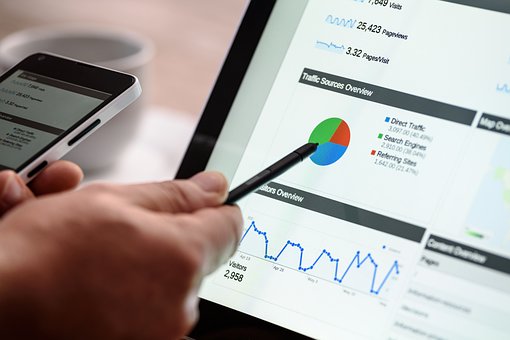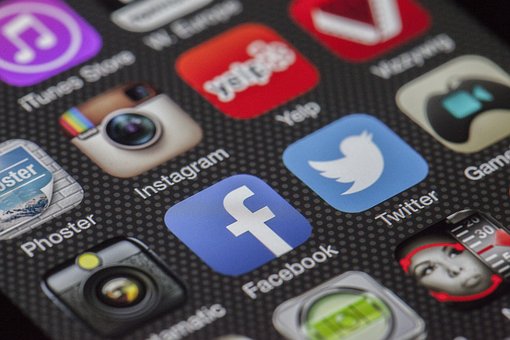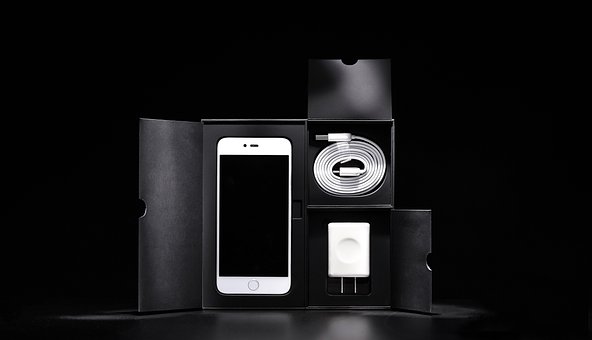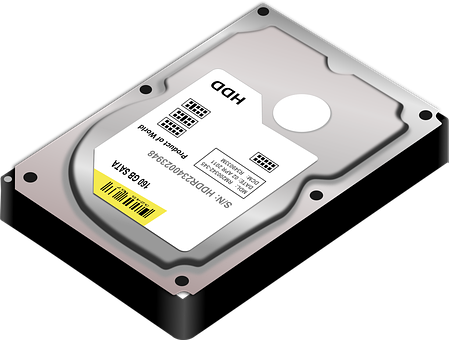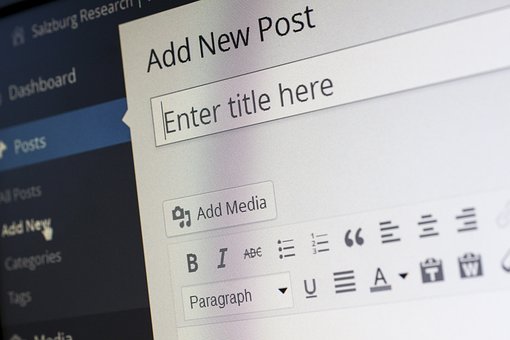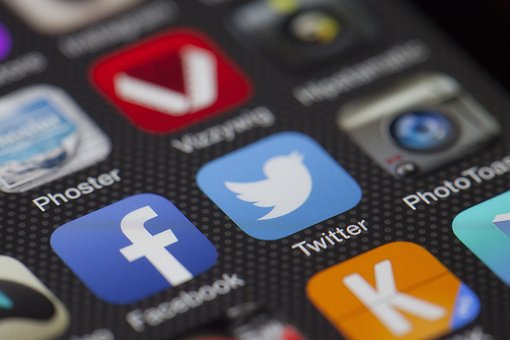When you look at websites that are ranking on page one of Google, there are a few common traits that set them apart. And I made it my mission to learn what these traits are so I can replicate it for my own business and for my marketing clients.
 |
And today, I'm going to break down the exact process that you need to follow in order to write content that ranks on page one, step by step.
Hey, everyone, I'm Abhishek, and today, I'm going to tell you how to write content that ranks on page one of Google, step by step.
Before we get started, make sure you subscribe to this channel. And if you're on YouTube, click the alert notification that when we want to go live, you'll get notified. You wouldn't believe how often I get asked,
"How can I bring more traffic to my site?"
Or, "How can I write a blog that ranks?"
Well today, I'm going to help answer that for you. Here's a step by step guide on writing a blog post that ranks on page one. Step one, know your audience. This is important because if you're writing for the wrong person, it doesn't matter where you rank, you're not going to do well. That traffic isn't going to convert into revenue, and you're going to be wasting time and money because you had to produce that content. You need to understand your target audience, what resonates with them, and what will bring value to their lives before you begin writing.
For example, if your target audience is dog owners, you don't want to write about the best cat food on the market. Instead, you want to give them tips on the healthiest dog foods. Also, you need to work on producing unique content that'll stand out from all the competitors, because there's already a tone of content out there.
So first off, go to Ubersuggest and type in keywords that you're trying to go after. It'll give you demographic information, it'll tell you the age range of the people searching. This will give you a good idea of this keyword is a good fit or not. It even tells you how many of those visitors actually click on the paid listings versus the free listings, versus no listing.
And in the content ideas report, it'll show you all the content that's popular based on Google search traffic, backlinks, and social shares. So you want to take the best ones and consider creating content around that and avoid creating content around the topics that don't do well in all three of those categories. The second set is understanding the proven blog post-on-page SEO process. When done correctly and effectively, on-page SEO can drastically improve your site's search performance. I've heard of people who rely solely on paid ads to get traffic.
However, according to the Search Engine Journal, over 70% of users ignore paid ads, focusing solely on organic results. This is another big reason why I tell people to focus on SEO as well as paid. Right?
Your just someone does one you want to do both. The process of structuring your content and optimizing various elements of that page is the key to on-page SEO. Optimizing your blog for keywords is one thing, but there are other factors within your content that can help you rank. So if you're on WordPress, you can just use a Rank Math, SEO plugin, or iOS, either one works well. I found that Rank Math is a little bit better for you beginners, yourself. If you have a little bit of money, their paid version is amazing.
Another thing you can do is go to Ubersuggest, type in your URL, click on the site audit report in the left navigation, it'll tell you all the errors down on your web page and what you should fix. What you'll find in that Ubersuggest report is it breaks it down and priority with the top items being the ones that have the biggest impact on your traffic, and the items at the very bottom having the lowest and the least impact to your sure traffic. The third step I have for you is to write blog posts that provide practical value to your audience. Readers don't want a generic blog post, they want something that's going to be worth their while.
 |
Something that they can finish with and be like, "Okay, I'm going to go and do this now." That's an example of a good piece of content. Years ago, I went to HowStuffWorks and I was finding an article on how to install a bidet. I found that through Google men on Howstuffworks, and the article didn't teach me how to install a bidet.
I was pissed off, never went back to Howstuffworks. And that's the example of the type of content you don't want to create. On the flip side, if the article taught me how to install a toilet, and then I could go and then take action and install the toilet, I would be ecstatic. That's the type of content you want to produce, doesn't have to be on toilets, And when you're going after all these terms, keep in mind, you should be doing keyword research, right?.
You need to look at the questions that most people are typing in and looking for. Through Ubersuggests in the keyword ideas section, you can see a list of questions, that people type on a daily basis for the keywords that you're going after. Look at some of these keywords, make sure you integrate them within your h1 tags, your title tags, and your meta descriptions, as well as within your content. And when you're creating this content, it's important not to just push out content whenever you feel like, you want to have a content calendar so you know what days you're going to publish consistently.
For example, the techy hydra website, I always publish every single Tuesday. Yeah, sometimes if Christmas falls on a Tuesday, I'll miss that week. But in general, I'm blogging every Tuesday for at least 50 weeks out of the year.
The fourth step I have for you is to use the AIDA model. This model has been around for years. And the reason being is because it works. It's an effective model for writing persuasive and engaging content. It looks a little something like this. If you're not familiar with what it stands for its awareness, interest, desire, and action. Awareness is grabbing the reader's attention in the first place. It's how you get traffic to your site, and even getting potential customers. This is where the title and meta description are very important.
Your job is to write something that's captivating in the title that draws people in and makes people click through. Remember, a headline is so critical that 73% of buying decisions are made from the point where readers come in contact with your title. And as they say, eight out of ten people will read your headline but only two out of ten will click through and read the rest. So make sure you focus on your headline.
Now with interest, you want to stimulate interest. It's important because it keeps the readers on your page and possibly on to other pages of your website. So you want to expand on what you're promising in your headline. As for the desire, the best way to build a strong desire and your posts are to use bullet points. Not too many bullet points, but just enough to build the desire. Studies show that people are more likely to make a choice.
When choices are limited. Keep this in mind with your readers as well. The call to action is all about asking your readers to participate in something. Whether it's a product a service, is to move on to the next step. It could be opting into your email list and then from your email list, you drip people get to know more and then sell them again, without taking action, right?
These people aren't going to convert into revenue. And there's nothing wrong with having multiple calls to actions on your site. On the Techy Hydra website, you'll notice, I have called to action throughout my whole website. Sometimes I have top bars, I have sliders, I've ads in my sidebars but having multiple calls to actions, I'm more likely to convert my readers into customers.
Now if you need help to generate more sales and more traffic check out my ad agency Abhishek digital. If you enjoyed this video Like it, share it. If you have any questions, leave a comment and I'll make sure I answer it.
Thank you for reading.


